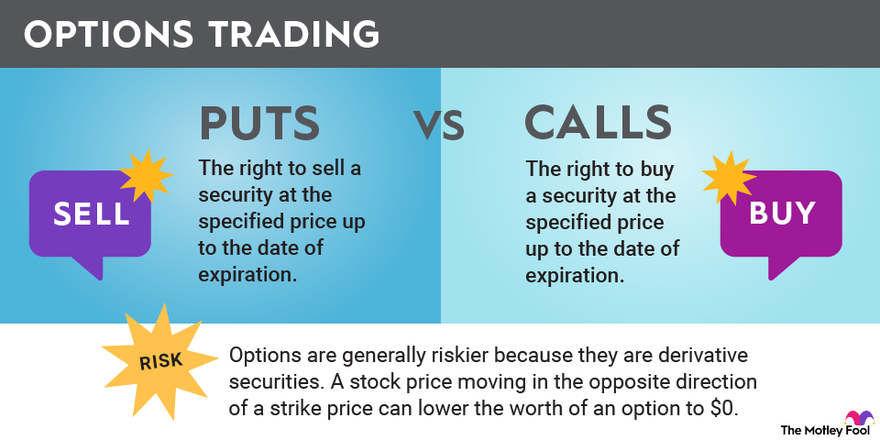In the dynamic world of finance, day trading and option trading stand as distinct strategies with unique characteristics and risks. Both involve participating in the financial markets, but their approaches, time frames, and potential rewards and risks differ significantly. This article delves into the nuances of each strategy, shedding light on their core differences to help investors navigate the complexities of these trading avenues.

Image: fintrakk.com
Day Trading: Navigating the Intraday Seas
Day trading, a high-intensity trading strategy, involves buying and selling stocks or other financial instruments within a single trading day. The primary goal of day traders is to capitalize on short-term price fluctuations, targeting quick profits before market close. This style demands relentless market monitoring, analytical prowess, and the ability to make rapid decisions. Day traders often employ technical indicators and charts to identify potential trading opportunities.
Option Trading: Leveraging Contractual Flexibility
Option trading, in contrast, involves the buying and selling of option contracts, which confer the right, but not the obligation, to buy or sell an underlying asset at a specified price on or before a predetermined date. Options offer investors various strategies, from seeking potential income through premium sales to speculating on price movements or hedging against market risks. Understanding option pricing models and Greeks is crucial for success in this arena.
Time Frames: A Study in Pacing
One of the most fundamental differences between day trading and option trading is the time frame involved. Day traders navigate the fast-paced world of intraday price movements, seeking profits within the confines of a single trading day. Option traders, on the other hand, engage in strategies that can span days, weeks, or even months. This difference in time horizon aligns with the divergent goals of the two strategies: short-term gain for day traders and potential income or market maneuvering for option traders.

Image: www.fool.com
Capital Requirements: Understanding the Stakes
Participating in day trading and option trading entails varying capital requirements. Day trading, with its focus on intraday price movements, often necessitates a relatively smaller initial capital outlay. However, the potential for losses in day trading can accumulate rapidly, especially during unfavorable market conditions. Option trading, on the other hand, typically requires higher capital commitments due to the premiums paid for option contracts.
Risk Profiles: Navigating the Turbulence
Risk management is paramount in both day trading and option trading. Day trading carries inherent risks due to the high-velocity nature of the strategy. Rapid price movements and the potential for losses in both directions demand constant vigilance and the ability to make sound decisions under pressure. Option trading presents a more nuanced risk profile. While certain strategies, such as selling covered calls, aim to generate income with limited downside risk, others, like purchasing call or put options, involve potentially greater risks. Understanding the risks associated with each option strategy is crucial for informed decision-making.
Trading Psychology: The Mental Maze
Successful day trading and option trading demand a resilient trading psychology. Day traders must possess the emotional fortitude to handle the rapid ups and downs of intraday trading. Discipline, patience, and the ability to manage emotions are essential to making rational decisions in the heat of the trading day. Option traders, while not immune to the psychological challenges of trading, often grapple with the uncertainties inherent in option pricing and market volatility. A sound understanding of option strategies and the judicious management of risk can help mitigate these psychological hurdles.
What Is The Difference Between Day Trading And Option Trading
Conclusion: Choosing the Path that Aligns
Day trading and option trading offer unique opportunities in the financial markets, but the optimal choice depends on individual risk tolerance, time availability, and financial goals. Day trading suits individuals who thrive in fast-paced environments, have a high risk appetite, and possess the analytical skills to make rapid trading decisions. Option trading appeals to investors seeking potential income, market hedging, or speculative strategies over varying time horizons. Understanding the nuances of each approach and aligning it with one’s investment objectives is paramount for success in these dynamic markets.






